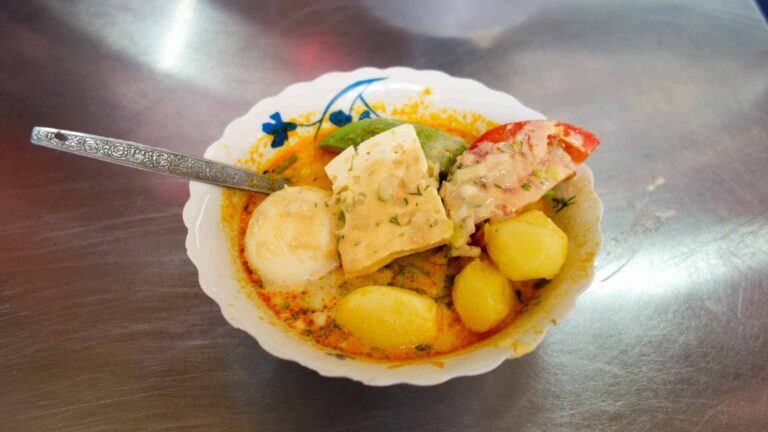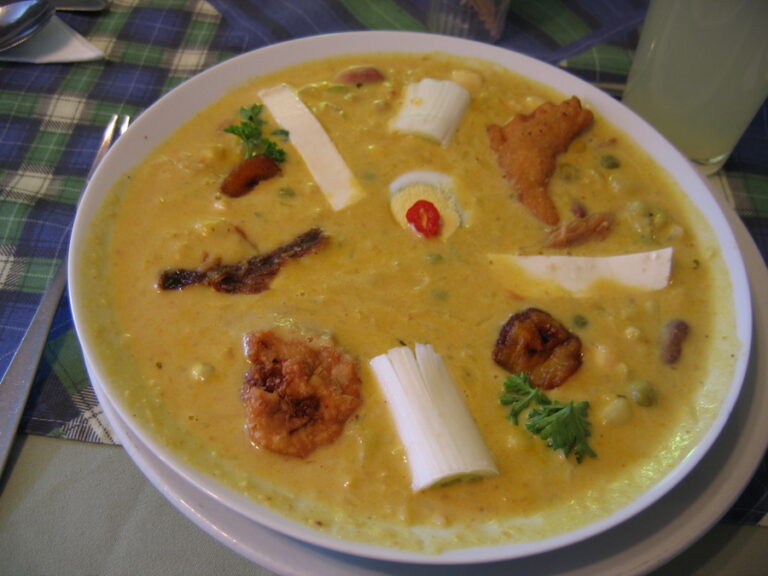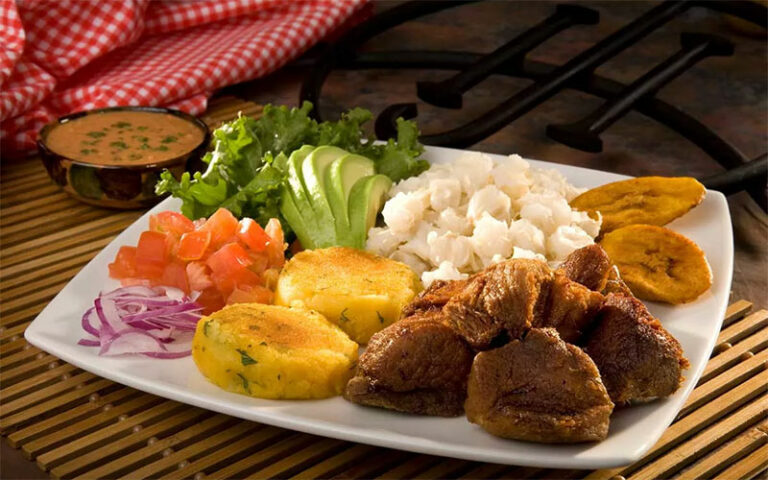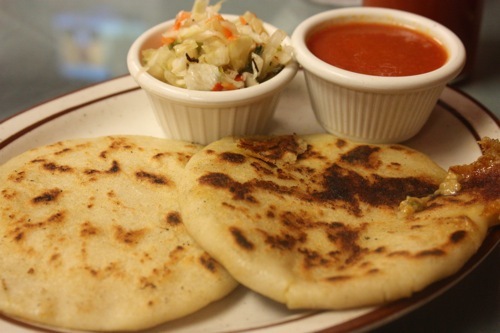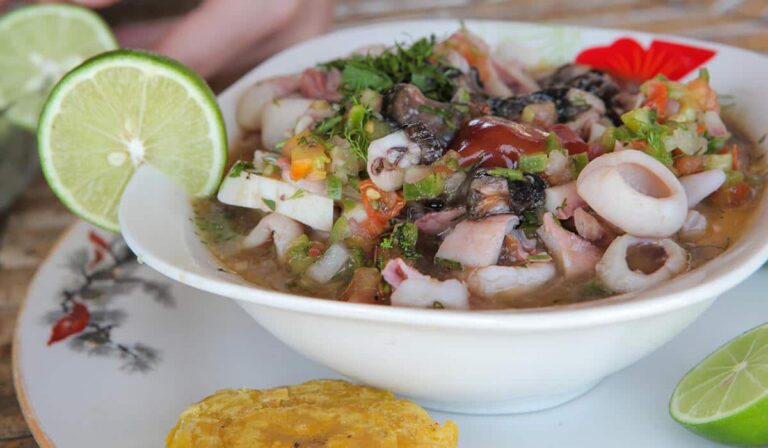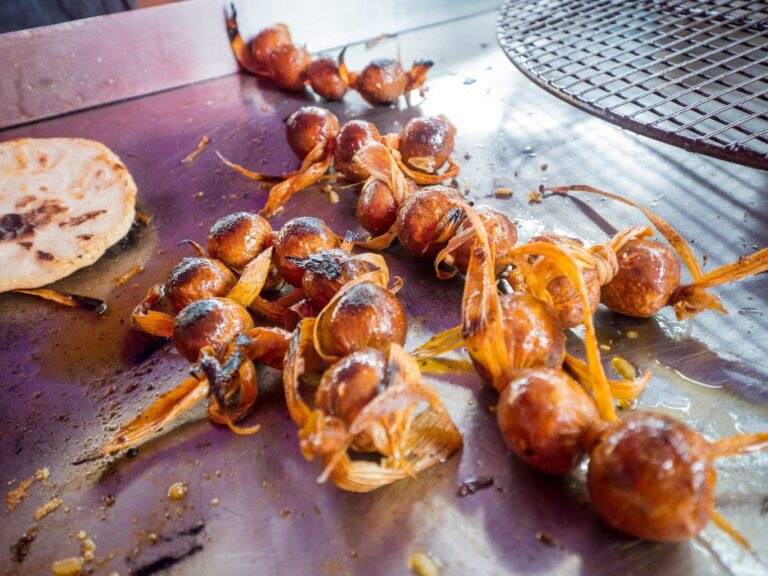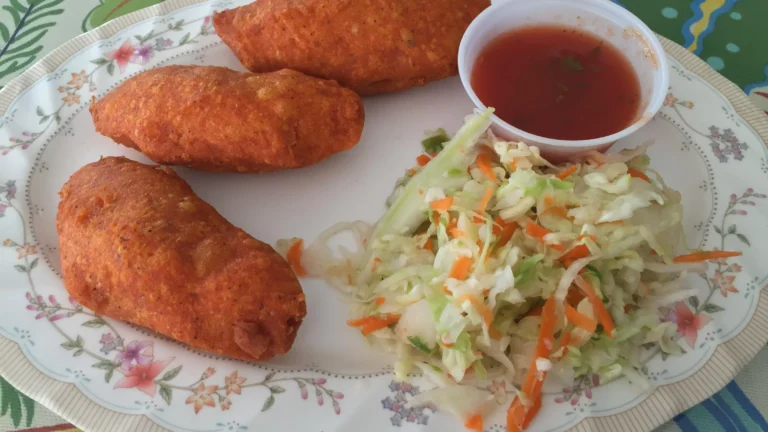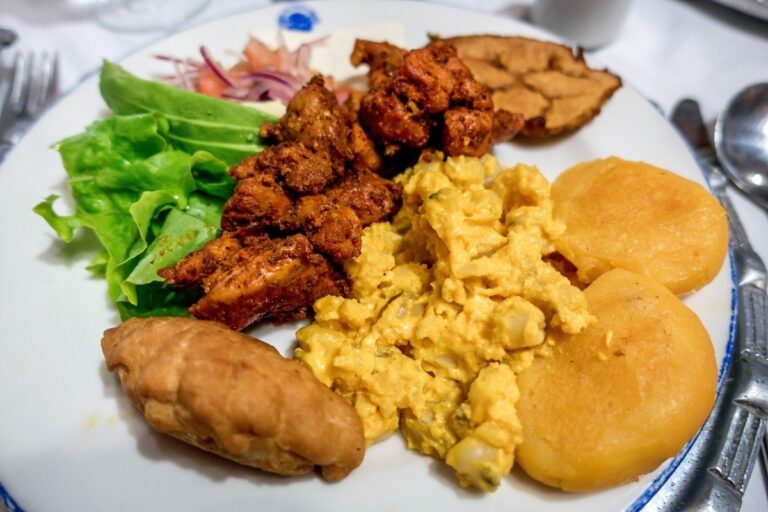Introduction: Street Food in the Dominican Republic
The Dominican Republic is famous for its delicious street food, which is sold in open-air markets, beachside stalls, and food trucks. The cuisine is a blend of Spanish, African, and indigenous Taino influences, resulting in a diverse range of flavors and dishes. From empanadas and chicharrones to grilled chicken and fresh fruit juices, there’s no shortage of options for hungry travelers. However, while street food is a popular and affordable way to sample local cuisine, it’s important to consider hygiene and safety standards to avoid getting sick.
The Importance of Hygiene and Safety Standards
Street food vendors in the Dominican Republic are often small, family-run businesses that lack the resources and infrastructure of larger restaurants. As a result, hygiene and safety standards can vary widely, and there is a risk of foodborne illness from undercooked or contaminated food. In addition, the hot and humid climate can contribute to the growth of bacteria and other pathogens. Therefore, it’s crucial for both vendors and consumers to take precautions to ensure the safety of their food.
Government Regulations on Street Food
The Dominican Republic has specific regulations in place to govern street food vendors. These regulations are enforced by the Ministry of Public Health and include requirements for food handling, storage, and preparation. Vendors must obtain a health permit and comply with standards for cleanliness and hygiene. Additionally, they must display their permit and follow certain guidelines for food storage and preparation, such as using separate cutting boards for meat and vegetables and keeping food at safe temperatures.
Certification for Street Food Vendors
To ensure that vendors are following the necessary hygiene and safety standards, the Ministry of Public Health offers certification programs for street food vendors. These programs provide training in food safety and sanitation and offer guidelines for best practices. Vendors who complete the program receive a certificate of compliance, which can increase consumer confidence in their products.
Common Risks and Hazards of Street Food
There are several risks and hazards associated with consuming street food in the Dominican Republic. Contamination from bacteria, viruses, and parasites can occur due to improper food handling or storage. Additionally, the use of unclean cooking equipment or utensils can contribute to the spread of illness. In some cases, vendors may use additives or fillers to stretch their ingredients or enhance their flavor, which can also pose a health risk.
Best Practices for Safe Street Food Consumption
While there are risks associated with street food, there are also ways to minimize these risks and enjoy it safely. One important step is to choose vendors who appear clean and organized and who follow basic food safety practices like using gloves or tongs. It’s also a good idea to avoid raw or undercooked foods, as well as foods that have been sitting out in the sun for a long time. And of course, always wash your hands before eating and carry hand sanitizer when you’re on the go.
Where to Find Safe and Delicious Street Food
There are many places to find safe and delicious street food in the Dominican Republic. Some popular options include the Mercado Modelo in Santo Domingo, which features a variety of traditional dishes, and the Malecon in Puerto Plata, which offers fresh seafood and grilled meats. Many beaches also have vendors selling fresh fruit, coconut water, and other snacks. As with any food, it’s important to use your best judgment and follow basic hygiene practices.
Conclusion: Enjoying Street Food Responsibly in the Dominican Republic
Street food is a delicious and affordable way to experience the local cuisine in the Dominican Republic. However, it’s important to consider hygiene and safety standards to avoid getting sick. By choosing vendors who follow basic food safety practices and taking precautions like avoiding raw or undercooked foods, travelers can enjoy the unique flavors and atmosphere of street food while minimizing their risk of illness. With a little bit of caution, street food can be a safe and enjoyable part of any trip to the Dominican Republic.


